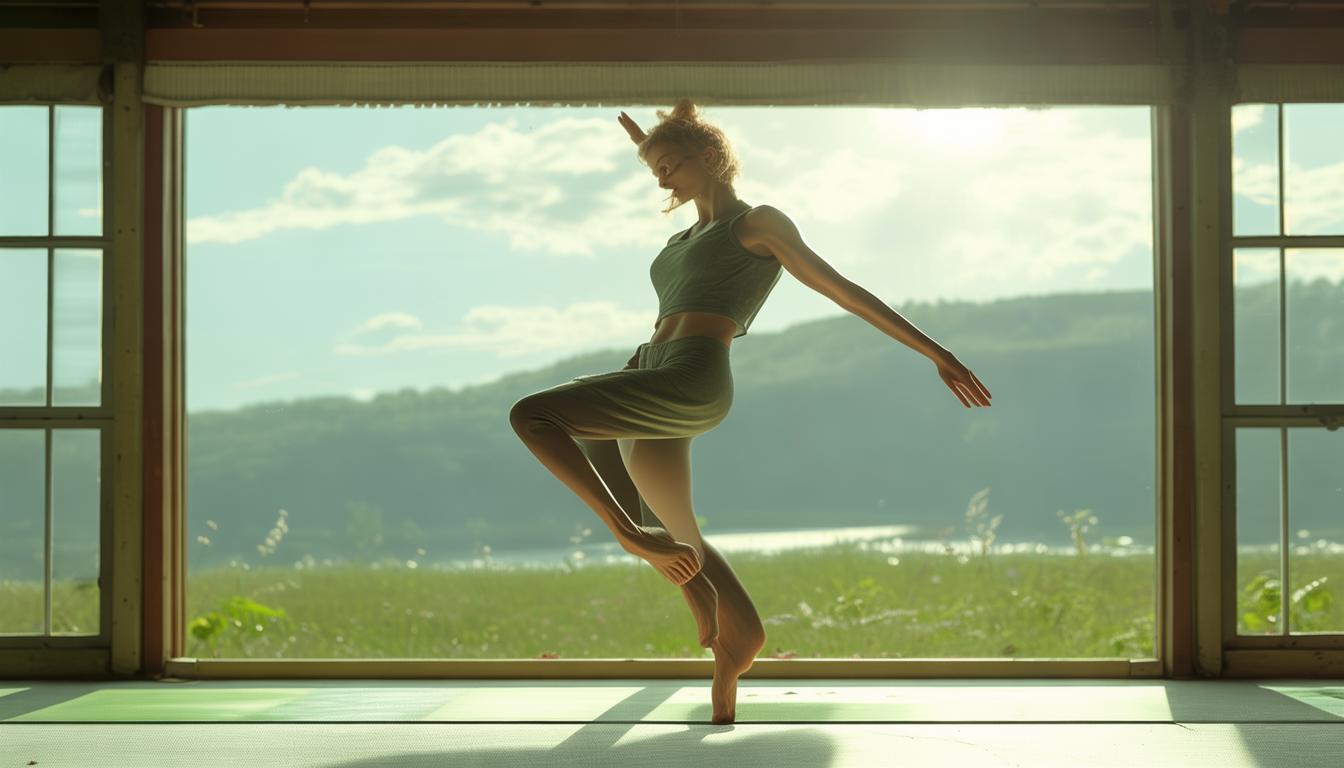Tai Chi And Arthritis , the eighteen styles of Tai Chi, combine the essence of traditional Tai Chi, forming a unique martial arts system, which not only retains the charm of Tai Chi, but also simplifies movements, making it easier for people of all ages and different physiques to practice. Perseverance in practicing can not only enhance physical fitness, but also cultivate sentiment.
Origin of the ritual
The Eighteen Tai Chi styles did not appear out of thin air. They were carefully refined and arranged based on traditional Tai Chi. The predecessors fully considered the learning needs and physical conditions of the public and integrated the most classic and practical moves in Tai Chi. In this way, this set of exercises not only retains the core spirit of Tai Chi, but also reduces the difficulty of learning, allowing more people to have the opportunity to feel the charm of Tai Chi.
This is like a carefully polished pearl, cleverly finding the right balance between tradition and contemporary. It not only carries the core spirit of ancient Tai Chi culture, but also can be in line with fast-paced modern life, and opens up new ways for the promotion of Tai Chi culture.
Action Features
Each movement of the Eighteen Tai Chi styles is unique, focusing on roundness, flexibility and continuity, as well as the clear boundary between virtual and real. Every time I raise my hand and every step, it is as smooth and natural as the flow of clouds. In the movement, strength and softness achieve a perfect combination, and in the seemingly soft moves, there is actually huge energy.

During the practice, I felt like I had entered a peaceful world, and every movement was coordinated with each other, like a smooth dance. This is not the kind of vigorous exercise that makes people breathless, but the exercise of every joint and muscle of the body in a relaxed beat.
Fitness effects
Persisting in practicing the Eighteen Tai Chi styles for a long time will be of great benefit to your health. This not only enhances cardiopulmonary function, makes breathing deeper and smoother, but also improves the flexibility and coordination of the body and makes the body more agile. Mentally, it helps us relieve stress, relax our body and mind, and enables us to meet challenges in life in a better state.
Many people's health has improved significantly after persevering in practicing the Eighteen Tai Chi Styles. Those who used to be weak and often suffer from illness are now more energetic; those who were once suffering from insomnia and anxiety can now enjoy a more secure sleep. The Eighteen Tai Chi Styles are like an unknown health guardian, quietly protecting our health.
Learning Methods
To learn the eighteen Tai Chi styles, you must first cultivate a spirit of patience and perseverance. You might as well find a senior coach to guide you, which will help you avoid many mistakes. When practicing, you must pay attention to every detail, every angle and strength of the movement must be carefully experienced.

Through watching teaching videos, participating in Tai Chi communication activities, etc., we can continuously improve our understanding and skills of this exercise. The road of learning is gradually advancing. We do not face immediate success and instant benefits. Only by taking steady steps can we deeply understand the essence of the Eighteen Tai Chi styles.
Cultural connotation
The Eighteen Tai Chi Styles are not only a method of physical exercise, but also carry the rich essence of Chinese traditional culture. It incorporates the philosophical concept of harmony between yin and yang and unity of man and nature. Each move demonstrates the concept of harmonious coexistence between man and nature.
During the practice, we seemed to be communicating with a long-standing culture. Every move, every move allows us to experience the depth and breadth of traditional culture. This makes us realize that even in a busy modern society, we still need to maintain peace and coordination in our minds and explore a balance path that suits us.
Have you ever had a unique experience in the experience of practicing the Eighteen Tai Chi styles? Welcome to leave a message in the comment area to tell us, and don’t forget to like and forward this article!


